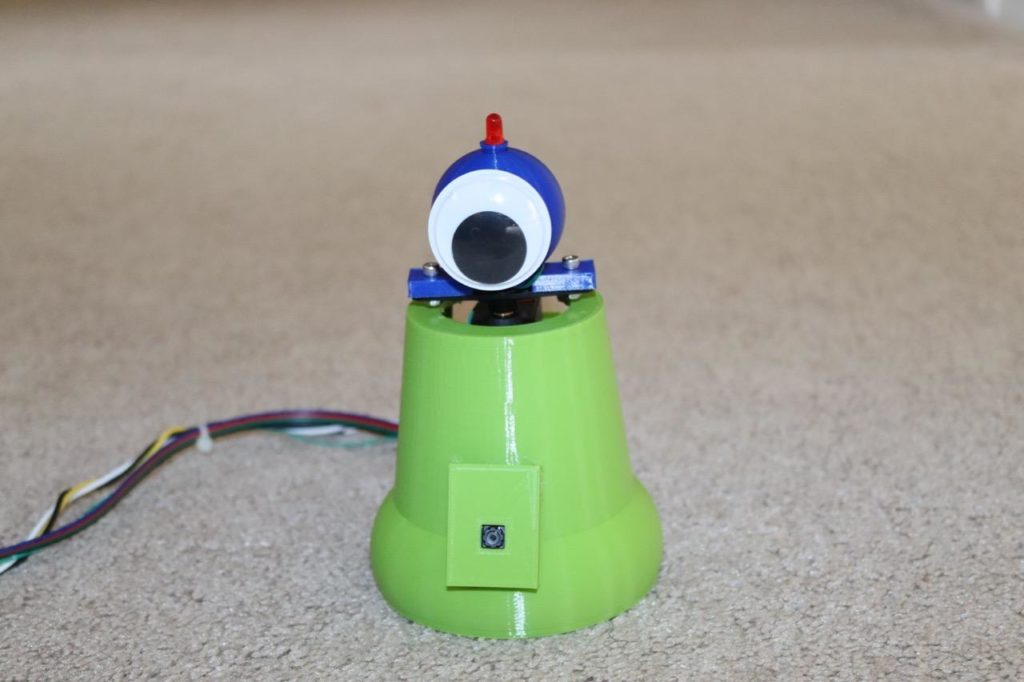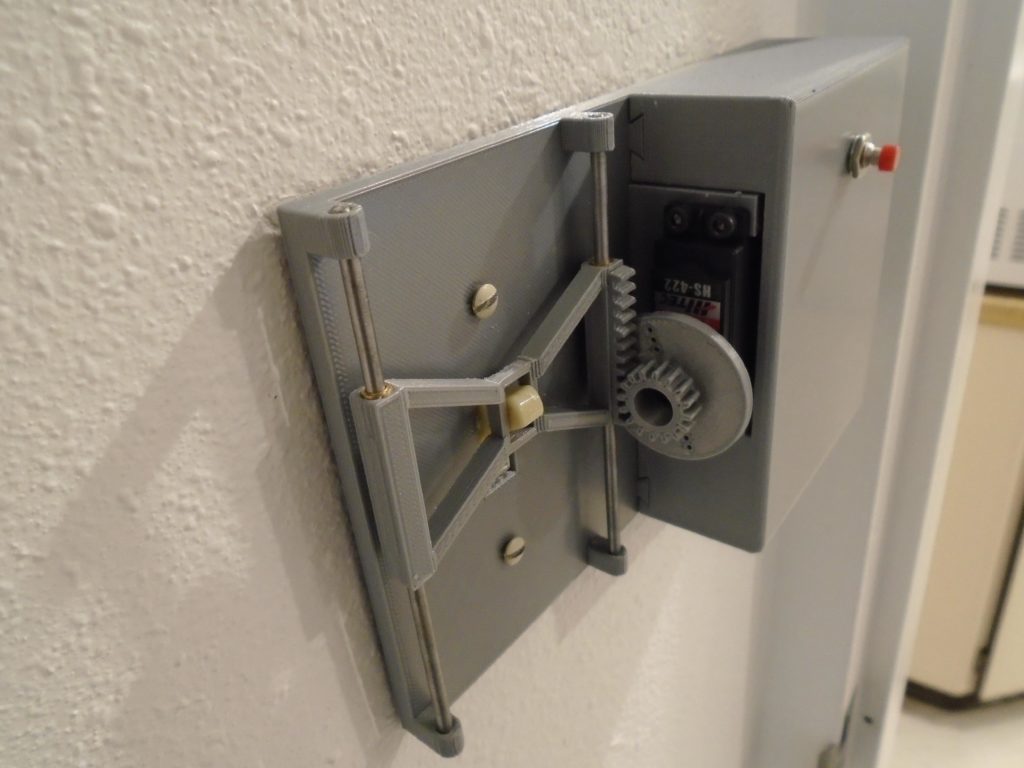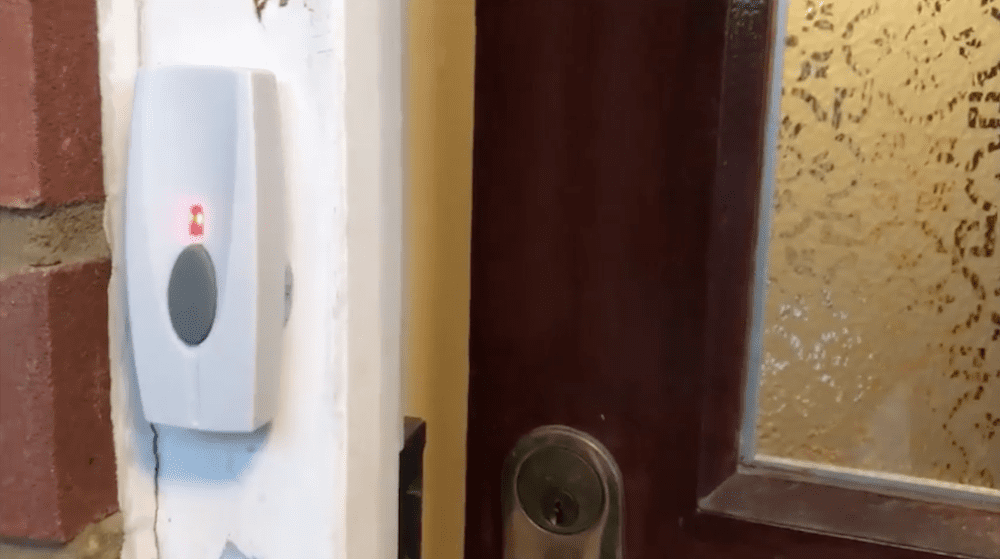Schlagwort: Light Switch
-

Turn your lights on and off by staring at this little robotic switch
Reading Time: 2 minutesUnlike every other hands-free light switch that relies on infrared motion detection or changes in ambient light values, Michael Rigsby’s “Look at Me Light Switch” instead requires a person to stare at it for six seconds. Based on an embedded machine learning model and a microcontroller, this device uses Person Sensor from Useful Sensors,…
-

Retrofit your light switch with this remote-controlled device
Reading Time: 2 minutesArduino Team — December 23rd, 2021 It can be extremely annoying and frustrating to finally get comfortable somewhere only to realize that you forgot to turn off a light, thus requiring a short journey to and from the wall switch. Mechanical engineering student and Instructables user alanmerritt ran into the same problem in his…
-

Custom “doorbell” flashes house lights for the hearing impaired
Reading Time: < 1 minuteCustom “doorbell” flashes house lights for the hearing impaired Arduino Team — September 28th, 2018 Darren Lewis’ parents both have a difficult time hearing the doorbell. He experimented with an off-the-shelf flashing light, but found that could only really be seen when they were in the room—an obvious problem. In response…


